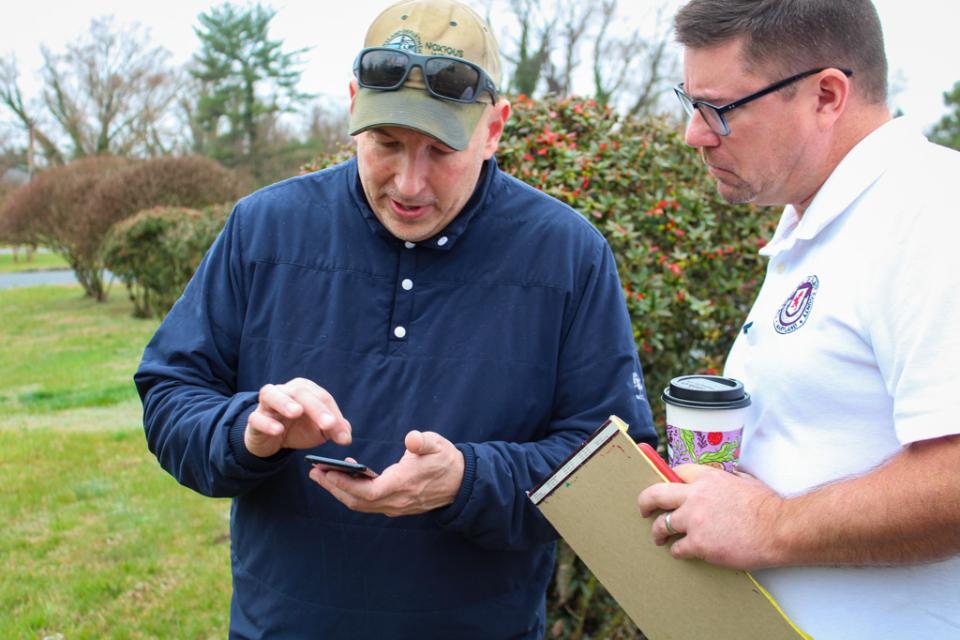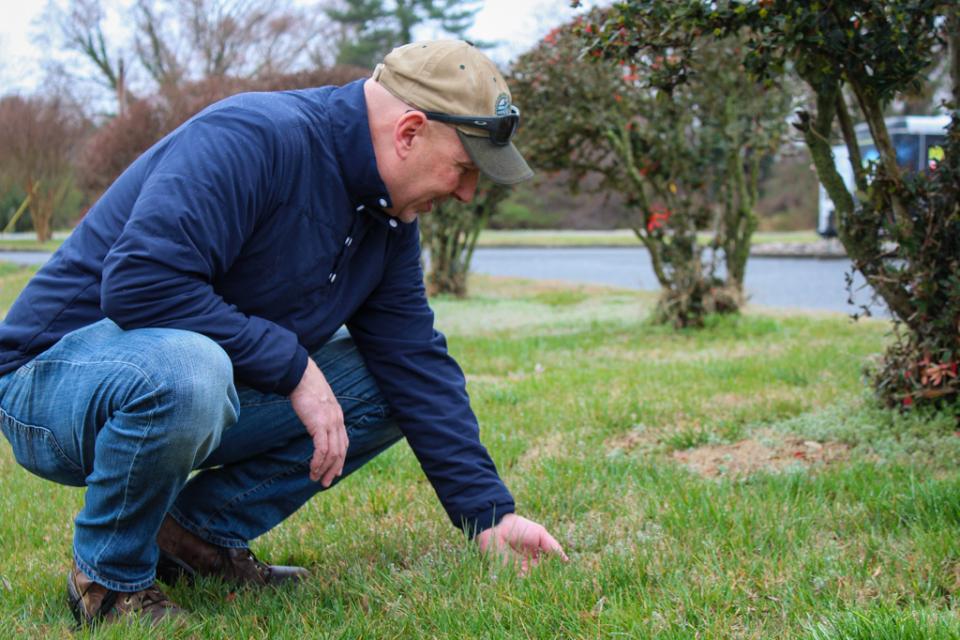County Urges Property Owners to Scout for Noxious Weeds
03/05/2024
Category: Roads and County Facilities
With Spring right around the corner, the Talbot County Weed Control Committee would like to remind property owners and residents to look out for noxious weed growth.
In Talbot County, there are 8 species of weeds that are part of the State’s noxious weed list: Johnsongrass, Shattercane, 4 types of Thistles, Palmer Amaranth and Waterhemp. As the weather begins to warm up, weeds will start to emerge and grow.
Although many plants are invasive in nature and may cause harm in different ways, not all fall into the category of "noxious". Noxious weeds are defined as invasive, non-native plants that threaten agricultural crops, local ecosystems, or fish and wildlife habitats.
Joe Willoughby, Weed Control Coordinator for Talbot County Roads Department says, “Anyone that owns or manages land within the state is responsible for managing noxious weed growth on their property. The State established control practices due to the way these plants aggressively reproduce, making them extremely hard to control or eradicate if not dealt with properly, and early on in development of the plant.”
Johnsongrass, for example, does not need seeds to spread. Underground “rhizomes” produce new sprouts, which can rob other grasses and plants of nutrients, leading to the rapid decline of other plants and accelerated spread of the noxious weed.
In Talbot County, Thistle and Johnsongrass are the most commonly found noxious weeds.
Willoughby states that the best way to avoid a noxious weed outbreak is to stay proactive.
“Property owners should create a weed management plan and develop a timely mowing schedule. Noxious weeds start to develop in April, so owners should start scouting for noxious weeds then and reach out as they need assistance with proper eradication practices.”
As a service to Talbot County residents, the Talbot County, in cooperation with the Maryland Department of Agriculture, operates a weed control program to assist farmers, developers, owners of rights-of-way, agencies, and other landowners to control noxious weeds and can provide spot and boom spraying of approved herbicides for a reasonable hourly rate, plus the cost of herbicides used.
For more information, or to schedule a consultation for your property, contact Joe Willoughby, Weed Control Coordinator, Talbot County Roads Department, at jwilloughby@talbotcountymd.gov or 410-770-8157. More information can be found here: https://talbotcountymd.gov/About-Us/departments/roads/weed-control.
ReturnPage last modified Friday, May 3, 2024 11:38:20 AM



